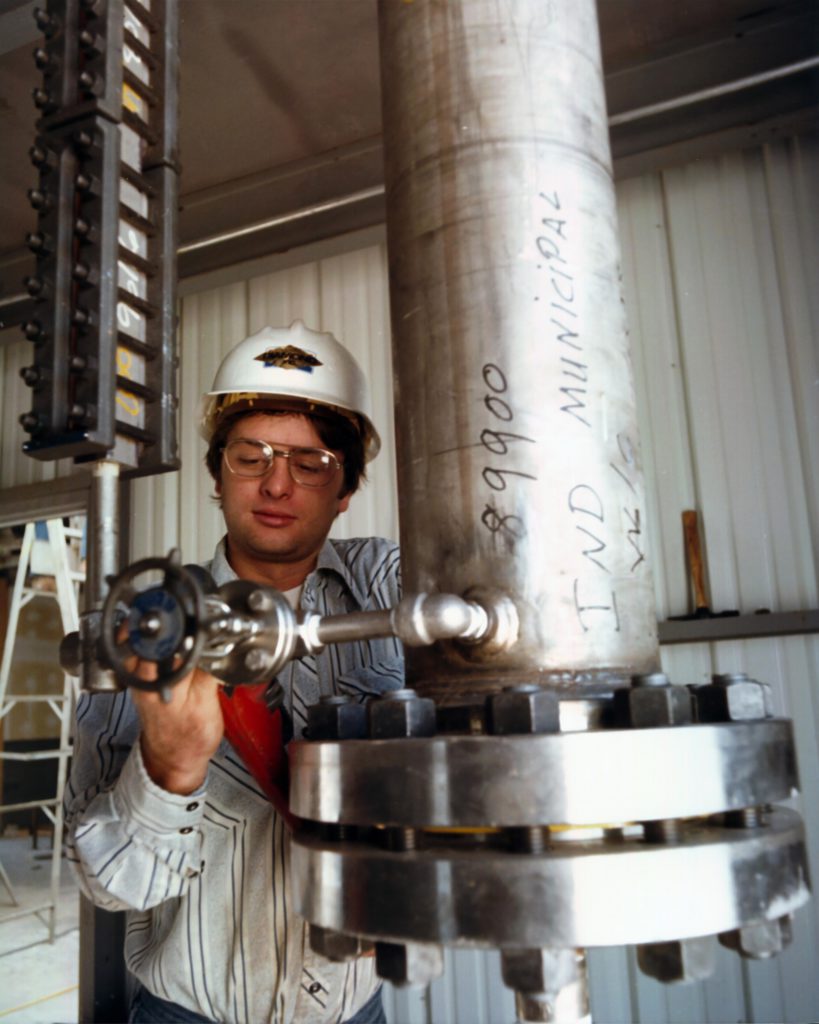Key Takeaways
- Plastic recycling plants can be a cost-effective solution for reducing plastic waste.
- The cost of setting up a plastic recycling plant can vary depending on various factors.
- Investing in advanced technology and efficient processes can help reduce the overall cost of operating a plastic recycling plant.
- Government incentives and grants can provide financial support for establishing and running a plastic recycling plant.
- Collaborating with local communities, businesses, and organizations can help create a sustainable and profitable plastic recycling ecosystem.
Introduction
Plastic waste has become a significant environmental concern in recent years, with millions of tons of plastic ending up in landfills and oceans. To combat this issue, plastic recycling plants have emerged as a viable solution. These plants are designed to process and transform plastic waste into reusable materials, reducing the need for new plastic production and minimizing environmental impact. However, one crucial aspect that potential investors and entrepreneurs need to consider is the cost of setting up and operating a plastic recycling plant. In this article, we will explore the various factors that influence the cost of a plastic recycling plant and provide insights on how to make it a profitable venture.
The Cost of Setting Up a Plastic Recycling Plant
When it comes to establishing a plastic recycling plant, several factors contribute to the overall cost. These factors include:
1. Location
The location of the plant plays a significant role in determining the cost. Factors such as land prices, availability of utilities, and proximity to suppliers and customers can impact the initial investment required.
2. Equipment and Technology
The choice of equipment and technology used in the recycling process can greatly influence the cost. Investing in advanced machinery and innovative technologies may require a higher upfront investment but can lead to higher efficiency and cost savings in the long run.
3. Infrastructure and Facilities
The infrastructure and facilities needed to operate a plastic recycling plant, such as storage areas, sorting facilities, and waste management systems, contribute to the overall cost. Building or renovating these facilities should be factored into the budget.
4. Regulatory Compliance
Complying with environmental regulations and obtaining necessary permits and licenses can add to the cost of setting up a plastic recycling plant. It is essential to understand and meet all legal requirements to avoid any penalties or delays.
5. Workforce and Training
The cost of hiring and training skilled personnel to operate and manage the recycling plant should be considered. Having a well-trained workforce is crucial for ensuring smooth operations and maximizing efficiency.
Reducing the Cost of Operating a Plastic Recycling Plant
While the initial investment in setting up a plastic recycling plant can be significant, there are several strategies to reduce the overall cost of operation:
1. Efficient Processes
Implementing efficient recycling processes can help minimize waste, reduce energy consumption, and optimize resource utilization. Investing in state-of-the-art sorting and processing equipment can improve the overall efficiency of the plant.
2. Technology Upgrades
Regularly upgrading the plant’s technology can lead to cost savings in the long run. Advanced machinery and automation can improve productivity, reduce labor costs, and enhance the quality of recycled materials.
3. Collaboration and Partnerships
Collaborating with local communities, businesses, and organizations can create a sustainable and profitable plastic recycling ecosystem. By establishing partnerships, the plant can access a steady supply of plastic waste and potentially reduce transportation costs.
4. Government Incentives and Grants
Many governments offer incentives and grants to encourage the establishment and operation of recycling plants. These financial support programs can help offset some of the initial investment and ongoing operational costs.
5. Product Diversification
Expanding the range of recycled products can open up new revenue streams and increase profitability. By exploring different markets and applications for recycled plastic, the plant can maximize its potential earnings.
Conclusion
Plastic recycling plants offer a promising solution to the growing problem of plastic waste. While the cost of setting up and operating a plastic recycling plant can vary, careful planning, efficient processes, and strategic partnerships can help reduce costs and make the venture profitable. By investing in advanced technology, complying with regulations, and exploring government incentives, entrepreneurs can contribute to a more sustainable future while also generating economic benefits. With the right approach, a plastic recycling plant can be a cost-effective and environmentally responsible business.

Adrian graduated with a Masters Degree (1st Class Honours) in Chemical Engineering from Chester University along with Harris. His master’s research aimed to develop a standardadised clean water oxygenation transfer procedure to test bubble diffusers that are currently used in the wastewater industry commercial market. He has also undergone placments in both US and China primarely focused within the R&D department and is an associate member of the Institute of Chemical Engineers (IChemE).


